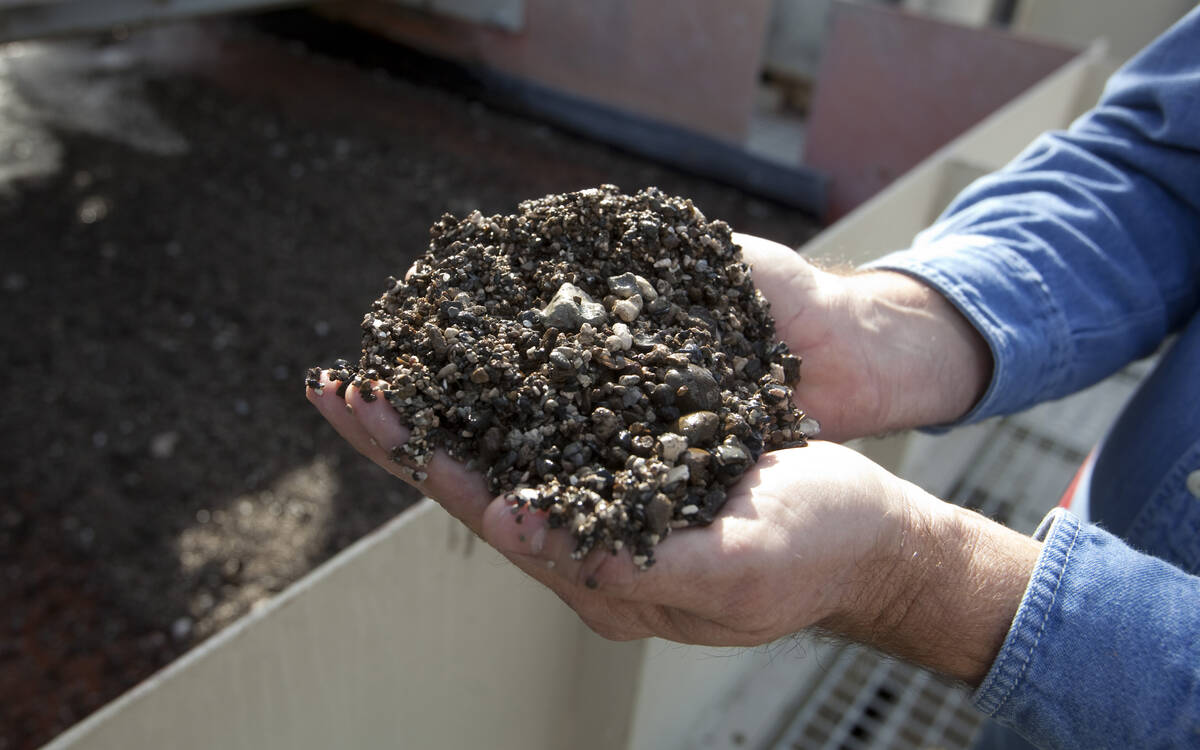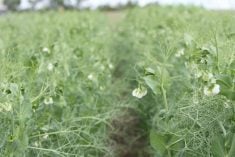Wheat yields often boom on the Prairies during La Nina years, but an active La Nina weather influence this January doesn’t necessarily mean bumper crops this summer.
“I don’t believe you can look at what’s going on there and then come to a solid conclusion that, hey, the La Nina happens and in the end we end up with a good wheat yield,” Chicago weather expert Mike Tannura of T-storm Weather said in an interview after his presentation to the Canadian Wheat Board’s recent Grain World conference.
Read Also

Phosphate prices to remain high
Phosphate prices are expected to remain elevated, according to Mosaic’s president.
A farmer can’t bank on getting a huge crop just because of La Nina, but the connection is exciting: La Ninas were connected with four of the past five highest-yielding Canadian wheat crops since 1960.
“There more than likely is a relationship there,” Tannura said, “especially when you see four of five. Especially when you see that none of the lowest-yielding years occurred under true La Ninas.”
The La Nina phenomenon is based on a cooling of sea temperatures just south of the equator and west of South America.
The drought in Argentina is a typical symptom of the condition and much is being made of the possible weather influences for North America.
Strong La Nina weather usually affects growing conditions in the southern hemisphere.
Tannura said a La Nina appearing in January usually doesn’t affect corn, soybean and wheat yields in the United States.
But a more profound and long lasting La Nina can have an effect in North America.
The present La Nina is weak, Tannura said, so it is dangerous to read too much into it now. One reliable effect is to provide adequate rainfall in key U.S. grain growing regions.
That has prompted Tannura to reassure his Midwest farmer clients that they will likely not face drought at seeding time.
Other small-scale impacts are the sort of dryness experienced in the winter wheat region of Texas, Oklahoma, Kansas and Colorado and at the same time wetter weather further north. Usually when one area is dry another is getting wetter because it’s receiving a bigger share of the moisture flowing across the continent.
However, La Nina’s effects in the northern hemisphere tend to break down after early spring, which means the phenomenon is not enough to allow producers to assume that it alone will give them bumper crops.
“Once you get beyond early April it gets fuzzier and I think the relationship for your area (Western Canada) is even lower.”















